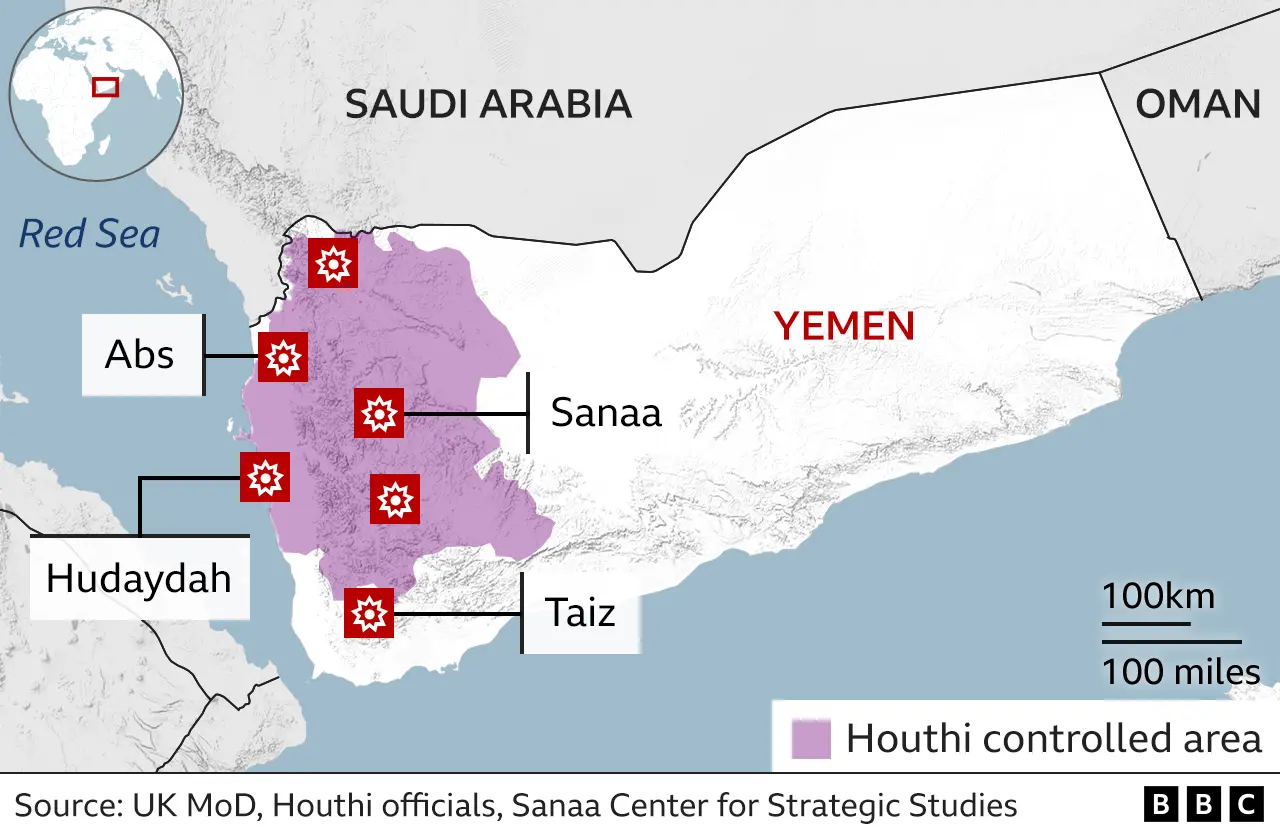Donald Trump’s recent, surprisingly forceful condemnation of Russia following his meeting with Zelenskyy in Rome felt…well, theatrical. It was a blast from the past, a return to the ‘tough on Putin’ persona we haven’t seen in quite some time. But let’s be real, folks, fiery rhetoric doesn’t equal a sound strategy. While the optics were attention-grabbing, the ground reality is stubbornly resistant to any notion of a quick breakthrough.

Photo source:www.washingtonpost.com
Back home, Senator Rubio is already throwing cold water on any potential for a Trump-brokered peace. And externally? Ukraine and Europe aren’t exactly lining up to place their bets on a Trump-led diplomatic gambit. The skepticism is palpable, and frankly, understandable. It feels less like a serious peace effort and more like Trump signaling to his base.
Understanding the Geopolitical Landscape: A Quick Primer
The current Russia-Ukraine conflict is rooted in a complex history, dating back centuries. It isn’t simply an invasion; it’s a clash of geopolitical interests, spheres of influence, and national identities.
Russia views NATO expansion as a direct threat to its security, while Ukraine seeks closer ties with the West. This fundamental disagreement fuels the ongoing tension.
Negotiations have repeatedly stalled due to conflicting demands. Ukraine insists on regaining all its territory, including Crimea, a red line for Russia.
The West’s role is crucial, providing military and financial aid to Ukraine, but also balancing the need to avoid a direct confrontation with Russia. A delicate balancing act to say the least!
Trump’s proposition, though, seems divorced from such nuances. It’s a high-stakes gamble with potentially disastrous consequences. Is it a genuine attempt at peacemaking or simply a political maneuver? Only time will tell, but I’m not holding my breath. Don’t get sucked into the hype, people. Analyze, question, and demand substance, not just sound bites.






